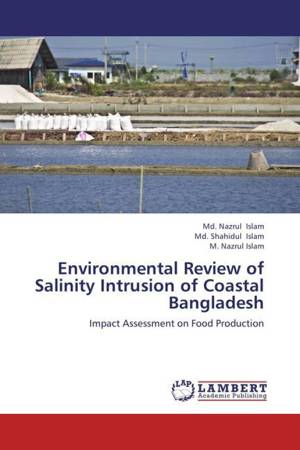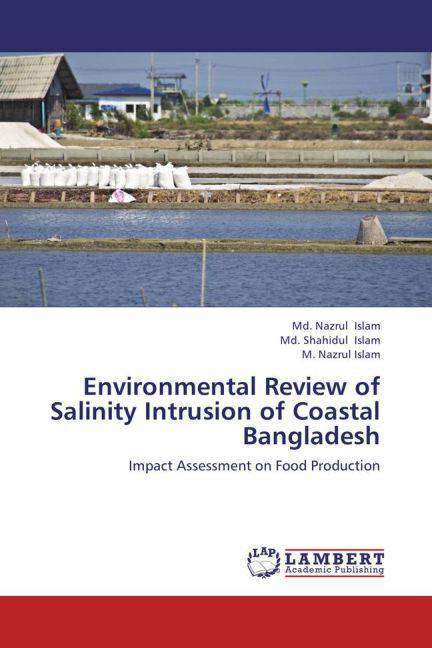
- Afhalen na 1 uur in een winkel met voorraad
- Gratis thuislevering in België vanaf € 30
- Ruim aanbod met 7 miljoen producten
- Afhalen na 1 uur in een winkel met voorraad
- Gratis thuislevering in België vanaf € 30
- Ruim aanbod met 7 miljoen producten
Zoeken
Environmental Review of Salinity Intrusion of Coastal Bangladesh
Impact Assessment on Food Production
Nazrul Islam, Md. Shahidul Islam, M. Nazrul Islam
Paperback | Engels
€ 64,45
+ 128 punten
Omschrijving
Salinity intrusion is one of the greatest environmental issues in Bangladesh. The impacts of salinity intrusion on food production of coastal districts are likely to severe. In these area salinity intrudes by natural processess such as recent past super cyclone-Sidr, Aila and floods and by the artifical process for shrimp farming. This study is mainly based on primary information through focus group discussions, personal interview, field visits, institutional consultations etc. and secondary information. The present major cropping pattern is the single crop and multi crops are the minor. The major crops are paddy such Aus, Aman and Boro and wheat, potato, sugarcane, garlic, onion, chili and vegetables etc. The previous major cropping pattern is double crops and single crop is the minor. Three decades ago salinity intrusion rate was very low as that time salinity intrudes only by natural process. The agricultural land is decreasing and shifting into shrimp farming and settlement for the population growth, flood and river erosion. The present yields of rice have decreased comparing to previous time because of salinity intrusion by natural and artificial process.
Specificaties
Betrokkenen
- Auteur(s):
- Uitgeverij:
Inhoud
- Aantal bladzijden:
- 108
- Taal:
- Engels
Eigenschappen
- Productcode (EAN):
- 9783659391286
- Verschijningsdatum:
- 2/05/2013
- Uitvoering:
- Paperback
- Afmetingen:
- 150 mm x 6 mm
- Gewicht:
- 161 g

Alleen bij Standaard Boekhandel
+ 128 punten op je klantenkaart van Standaard Boekhandel
Beoordelingen
We publiceren alleen reviews die voldoen aan de voorwaarden voor reviews. Bekijk onze voorwaarden voor reviews.








